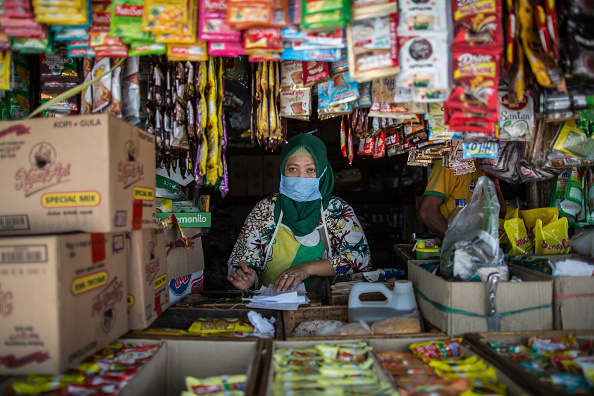Southeast Asia’s e-commerce market could grow by more than $260 billion by 2030 if major online shopping marketplaces do more to encourage and enable women entrepreneurs, a new report from the International Finance Corporation found.
The “anonymity” of e-commerce has reduced many of the barriers to entry traditionally faced by women and afforded them the opportunity to thrive in new sectors, Amy Luinstra, the IFC’s gender program manager for East Asia and Pacific, told CNBC Thursday.
Still, many of the inequalities faced by women in the traditional retail space “bleed into the online world,” she said, such as securing access to funding.
Luinstra called on big e-commerce players to do more to support women vendors and capture the market opportunity.
For platforms that have financing options, that is an excellent way to bring more women in and help them thrive.Amy Luinstragender program manager (East Asia and Pacific), IFC
That includes extending financing for women, providing training, and encouraging them to participate in higher value sectors like electronics, she said.
“For platforms that have financing options, that is an excellent way to bring more women in and help them thrive by making sure they’re aware of the financing offers and they’re able to take advantage of them,” Luinstra told CNBC’s “Squawk Box Asia.”
Her comments come against the backdrop of the Covid-19 pandemic, which is said to have disproportionately put women at a disadvantage.
The IFC report, which drew on data collated from Southeast Asian e-commerce site Lazada, found that in 2019, women were on course to reach gender parity in e-commerce. But even with the surge in online retail in the past year, the additional caregiving duties and time constraints that women faced caused progress to take a step back.
“Prior to the pandemic, women were holding their own — in some cases outselling men and even … out participating men,” said Luinstra.
In the Philippines for instance, women previously accounted for 64% of sellers on Lazada’s site, but their sales dropped by 27% during the pandemic, the report found.
“That has changed under the pandemic and that’s how we’re starting to get the gap, and the opportunity for closing that gap, that adds up to the big number $280 billion,” she said, referring to the market opportunity referenced in the report.
